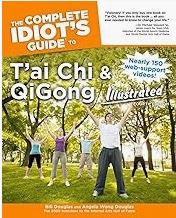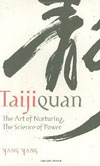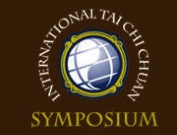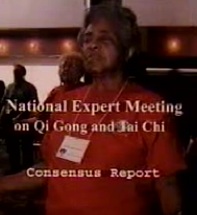Organizations that Recommend Tai Chi
World Health Organization (WHO) - The WHO recognizes Tai Chi as a beneficial exercise for improving balance, flexibility, and overall well-being.
American Heart Association (AHA) - The AHA recommends Tai Chi as a gentle exercise option that can help reduce stress, improve cardiovascular health, and increase flexibility.
National Center for Complementary and Integrative Health (NCCIH) - The NCCIH, a part of the U.S. National Institutes of Health, acknowledges Tai Chi as an alternative therapy that promotes relaxation, improves balance, and reduces stress.
Arthritis Foundation - The Arthritis Foundation endorses Tai Chi as a low-impact exercise that can help manage pain, improve joint function, and enhance overall quality of life for individuals with arthritis.
National Council on Aging (NCOA) - The NCOA includes Tai Chi in its evidence-based falls prevention programs, recognizing its benefits in improving balance, reducing falls, and increasing mobility among older adults.
Mayo Clinic - The Mayo Clinic advocates Tai Chi as a mind-body practice that enhances mental clarity, promotes relaxation, improves balance, and helps manage stress.
Harvard Medical School - Harvard Medical School highlights the numerous health benefits of Tai Chi, such as reducing chronic pain, improving sleep quality, and enhancing physical and mental well-being. The health benefits of tai chi.
American Cancer Society (ACS) - The ACS recommends Tai Chi as a complementary therapy for cancer patients, citing its potential to alleviate fatigue, improve sleep, reduce stress, and enhance quality of life during and after treatment.
National Parkinson Foundation - The National Parkinson Foundation recognizes Tai Chi as a valuable exercise option for individuals with Parkinson's disease, as it can help improve balance, flexibility, and overall motor control.
American Psychological Association (APA) - The APA acknowledges Tai Chi as an effective practice for reducing anxiety, enhancing mood, and improving overall psychological well-being.


 A video supplement link is available to purchasers of the acclaimed
A video supplement link is available to purchasers of the acclaimed 
 International Tai Chi Chuan Symposium: Interview with Dr. Roger Jahnke (Audio: 1hr 5min)
International Tai Chi Chuan Symposium: Interview with Dr. Roger Jahnke (Audio: 1hr 5min)